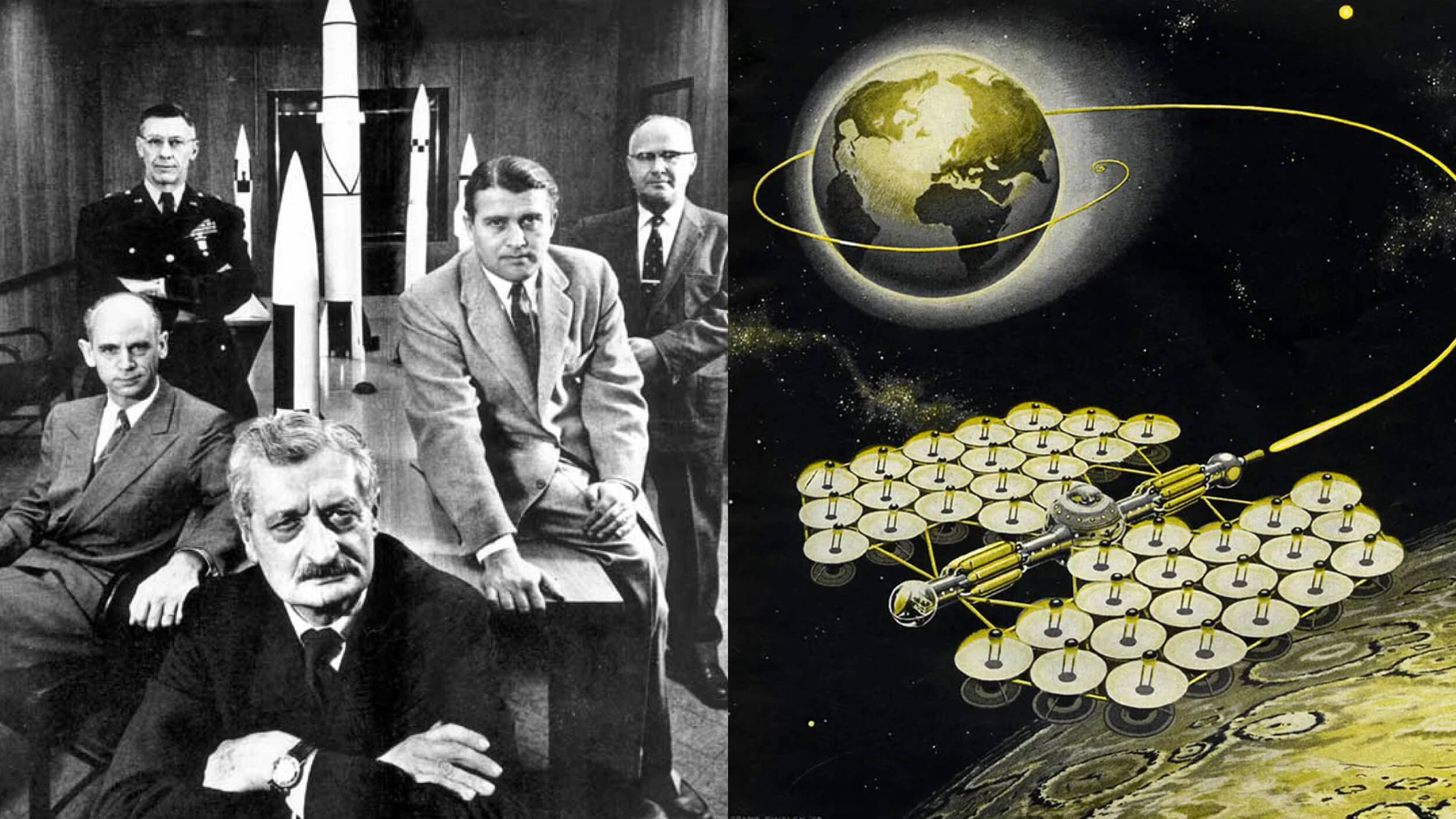The economic slowdown has briefly slowed CO2 emissions. Humanity may still squeak through the climate crisis—though not without “untold misery,” says Peter Ward.
Question: What is our best hope for reversing course on climate change?
rnPeter Ward: Our best hope is, we just saw our best hope. It was the global recession that we just saw. Because economic activity dropped to where we had carbon dioxide going into the atmosphere through emissions, and yet that recession has caused, what, untold misery for a whole lot of people. Ten percent unemployment in the United States, this could be endemic for a long time it looks like. That’s misery. But the misery that will be caused, the economic chaos that will be caused if we melt ice sheets in any significant manner is something that I have never yet seen outlined, and it scares the heck out of me.
rnLet’s think about just a 3-foot sea level rise. If we never put another CO2 molecule into the atmosphere, it’s still going to rise three feet. If it rises three feet, what happens to all the ports and all the docks on the planet where ships come in and offload? Now, that high tide is going to take that ship three feet higher than it ever did before. All of a sudden, that dock isn’t quite in the right spot. When you have a lot of other docks all over the planet, you start talking about billions of dollars. In fact, CNN came out with a report in the last month that simply a 3-foot sea level rise will cost trillions of dollars around the planet on simply fixing the wharfs. Now what else is a 3-foot sea level rise do? You can say good-bye to JFK Airport, you can say good-bye to LaGuardia, you can say good-bye to Hawaii, San Francisco, Auckland. Where else have I been. All over the planet we put airports right on sea level. Airports cost billions of dollars. So, you’ve got trillions of dollars in airport rebuilding.
rnA 3-foot sea level takes out a significant portion of the world’s crops. A great amount of foodstuff is produced at sea level, or within three feet of it. The San Joaquin Valley, the greatest food stuff producer in America for vegetables; a 3-foot sea level rise will cause huge amounts of salt going into that system, which is already vulnerable to it anyway. The economic impact of a 3-foot sea level rise is incalculable, except the 3-foot is just the start.
rnQuestion: What is the best-case scenario for the future of human survival?
rnPeter Ward: Well, I think we’re going to survive. I don’t think climate change can make us go extinct. Unless we produce so much CO2 in the atmosphere that, once again, we shut down the conveyor belt currents. These are the largest scale currents in the ocean. They are from the surface to the bottom currents, not just sideways currents. And so, there the current conveyor that takes oxygen from the top and takes it to the bottom, if we lose that, then the bottoms of the ocean go anoxic and you start down this road towards what we call a greenhouse extinction, which is the hydrogen sulfide events. It would take tens of thousands of years to get to that. But we as a species who have only been around for a couple of hundred thousand years, the average mammal lasts 5 million years. Are we anything less than average? So, we should have a few million years left even if we’re average, and we’re not average. We could be living fossils that last 500 million years. There’s nothing genetically within us that says we have to go extinct, unfortunately, I have these genes in me that are going to kill me and all your listeners too. But as a species we don’t have those genes. Species don’t age out of existence, species are killed off, lose competition, they go extinct because they’re driven to extinction. It’s not inherent. It’s not within them.
rnSo we keep track of Mother Earth and do some good engineering and we’re not going to go extinct. But extinction and misery are two different things. Not going extinct doesn’t mean you’re not going to be miserable, and by misery I mean, wholesale, enormous human mortality.
Recorded on January 11, 2010
Interviewedrn by Austin Allen





